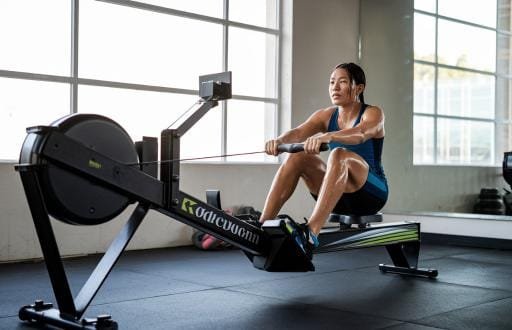In the labyrinth of weight loss strategies, meal preparation stands as a cornerstone of success—yet it’s often shrouded in unnecessary complexity. While scrolling through perfectly curated Instagram feeds might leave you feeling overwhelmed, the science of effective meal prep for weight loss is both an art and a methodical approach to nourishing your body’s complex needs. Let’s dive into the transformative world of strategic meal preparation, where convenience meets nutritional excellence.
The Science of Strategic Meal Planning
Think of your body as a sophisticated biochemical factory, constantly requiring precise combinations of nutrients to optimize its fat-burning potential. Meal prep isn’t just about portioning food into containers—it’s about orchestrating a symphony of macronutrients and micronutrients that work synergistically to support your weight loss goals.
The Foundation: Macro-Balanced Meal Templates
The Perfect Plate Protocol
- Lean Proteins (30-35% of plate)
- Wild-caught fish
- Free-range poultry
- Plant-based alternatives
- Complex Carbohydrates (25-30% of plate)
- Ancient grains
- Root vegetables
- Legumes
- Healthy Fats (15-20% of plate)
- Avocados
- Cold-pressed oils
- Raw nuts and seeds
- Fiber-Rich Vegetables (25-30% of plate)
- Leafy greens
- Cruciferous vegetables
- Rainbow variety of produce
Revolutionary Prep Strategies
The 3×3 Method
Prepare three core components:
- Proteins
- Complex carbohydrates
- Vegetable medleys
Create three variations of each for maximum dietary diversity and nutritional optimization.
Time-Efficient Preparation Techniques
Power Preparation Sessions
- The Sunday Strategy
- Batch cook proteins
- Roast vegetable medleys
- Prepare grain bases
- Mid-Week Refresh
- Replenish fresh produce
- Quick-prep additional proteins
- Adjust portions based on progress
Smart Storage Solutions
The Optimization Matrix
- Glass containers for hot foods
- Mason jars for layered salads
- Silicone bags for snacks
- Vacuum-sealed portions for extended freshness
Strategic Meal Ideas
Breakfast Power Bowls
- Overnight oats with protein powder
- Chia seed pudding variations
- Egg white frittata cups
Lunch Solutions
- Buddha bowls with quinoa base
- Mason jar salads with protein layers
- Lettuce wrap systems
Dinner Foundations
- Sheet pan protein and vegetable combinations
- One-pot wonder meals
- Deconstructed bowl concepts
Advanced Preparation Techniques
The Flavor Matrix
Create versatility with base preparations:
- Protein Bases
- Mediterranean herb blend
- Asian-inspired marinade
- Southwestern spice mix
- Vegetable Preparations
- Roasted with herbs
- Steam-sautéed
- Raw prep for maximum nutrition
Conclusion
Successful weight loss through meal prep isn’t about restriction—it’s about liberation through preparation. By implementing these strategic approaches, you’re not just preparing meals; you’re crafting a sustainable system for long-term success. Remember, the goal isn’t perfection but progress through consistent, intentional preparation.
Frequently Asked Questions
Q: How long do meal prepped foods stay fresh?
A: Most properly stored prepared meals remain fresh for 3-5 days in the refrigerator. Implement a first-in-first-out system and consider freezing portions for extended storage.
Q: How can I prevent food fatigue from eating the same meals?
A: Implement the 3×3 Method, use different spice blends, and create modular meals where components can be mixed and matched for variety.
Q: What’s the most cost-effective way to meal prep?
A: Buy seasonal produce, purchase proteins in bulk when on sale, utilize frozen vegetables, and incorporate budget-friendly protein sources like legumes and eggs.
Q: Should I count calories in my meal prep?
A: While calorie awareness is beneficial, focus first on portion control and balanced macronutrients. Use measuring tools initially to develop proper portion awareness.
Q: How do I maintain food safety during meal prep?
A: Implement proper cooling techniques, use appropriate storage containers, maintain refrigerator temperature below 40°F (4°C), and follow the two-hour rule for food at room temperature.
Q: Can I meal prep if I have a busy schedule?
A: Absolutely! Start with simple preparations, utilize time-saving equipment like slow cookers or pressure cookers, and break prep sessions into manageable chunks throughout the week.
Remember, successful meal preparation for weight loss isn’t about perfection—it’s about creating a sustainable system that works for your lifestyle while supporting your health goals. Start small, stay consistent, and watch as your meal prep mastery transforms your weight loss journey.











